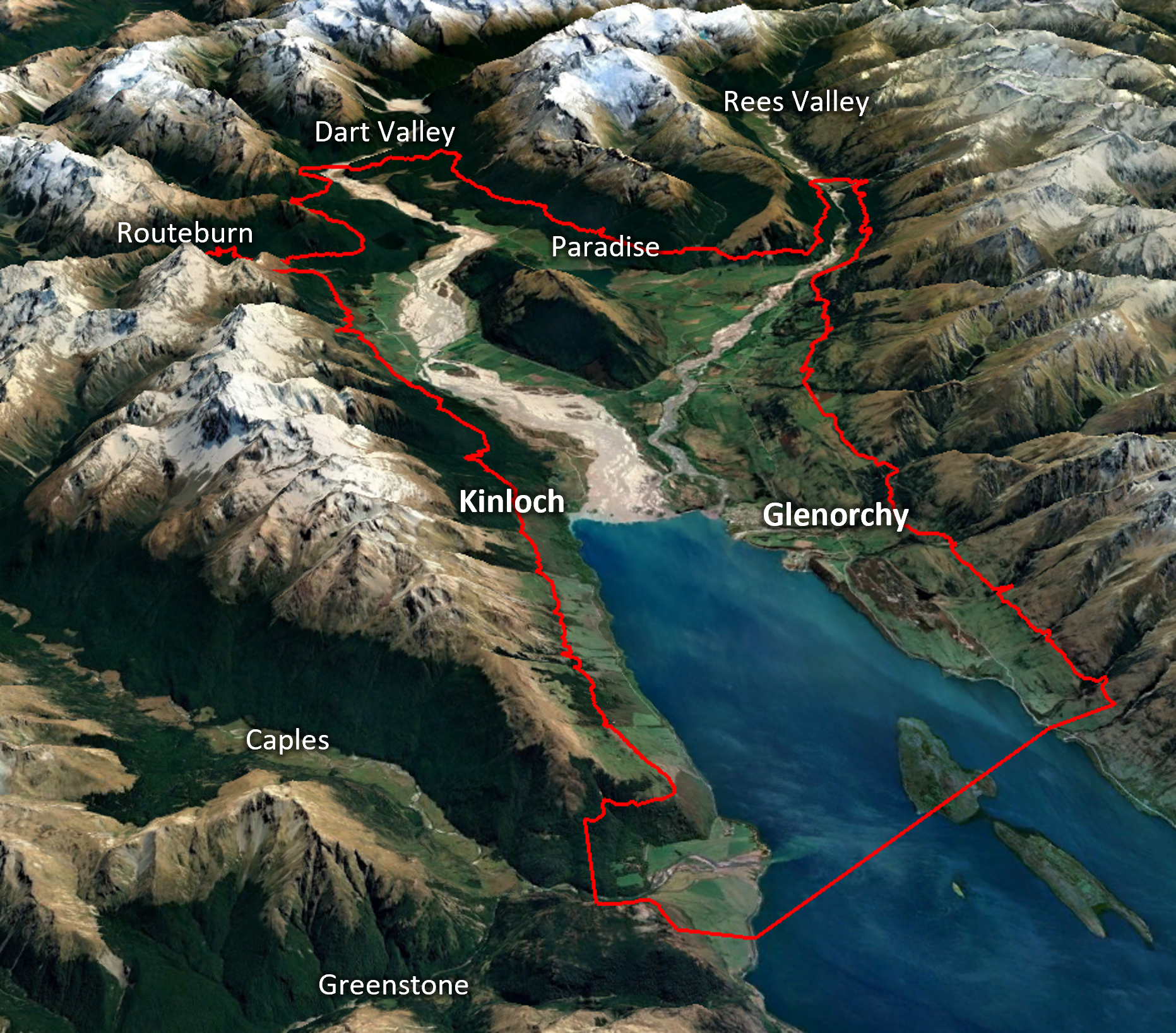We started the programme because this area faces a changing landscape, a complex mix of natural hazards and future uncertainties.
The setting at the Head of the Lake means we need to take a comprehensive approach to managing the hazards, one that takes a long-term view, encompasses all types of natural hazards, and works with the community to develop resilience. Reactive or very localised responses are likely to have only shorter-term benefits, so the most effective way to deal with this type of complex setting is to take a long-term adaptation view and working with the community to develop resilience.
The ORC is taking the same approach in other areas facing complex challenges with natural hazards – such as South Dunedin, the Taieri Plains and the Clutha Delta.
This work programme is considering all types of natural hazards and their possible impacts – this includes hazards associated with floodplains and alluvial fans, such as flooding and erosion, along with seismic and geological hazards.
We expect that some hazards will change over time, and they may become more likely or have greater impacts due to changes in the landscape or climate. You can find out more about factors that are expected to increase the future flooding hazards for the Dart and Rees floodplains on our investigations, reports and presentations page.




